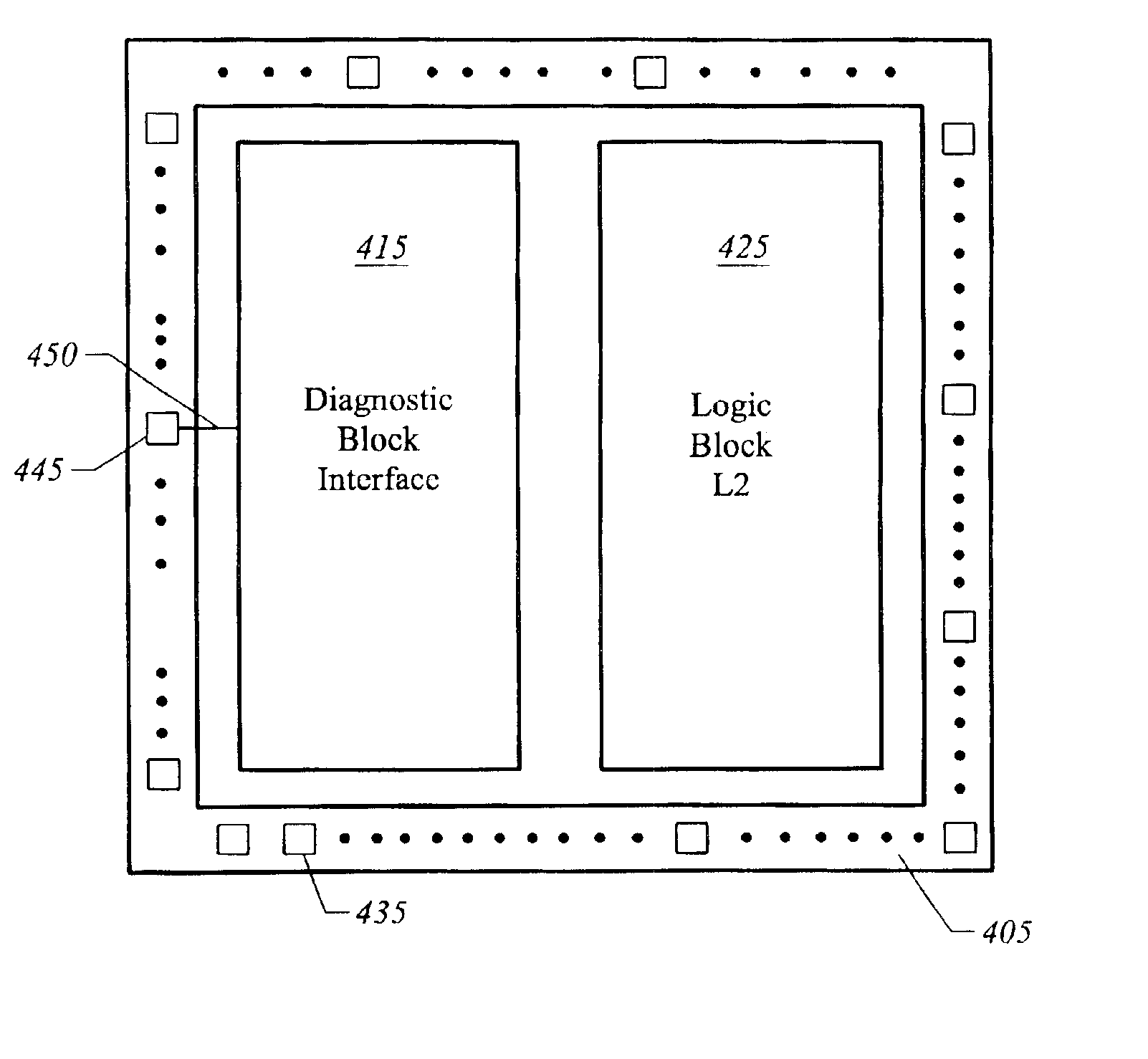High-performance programmable logic architecture
a logic architecture and high-performance technology, applied in the field of programmable logic integrated circuits, can solve the problems of general purpose programmable logic devices not being specially designed for special applications, devices also meeting with certain limitations, and general purpose devices having significant drawbacks, etc., to achieve the effect of arranging design
- Summary
- Abstract
- Description
- Claims
- Application Information
AI Technical Summary
Benefits of technology
Problems solved by technology
Method used
Image
Examples
Embodiment Construction
[0030]FIG. 1 shows a block diagram of a digital system within which the present invention may be embodied. The system may be provided on a single board, on multiple boards, or even within multiple enclosures. FIG. 1 illustrates a system 101 in which a programmable logic device 121 may be utilized. Programmable logic devices (sometimes referred to as a PALS, PLAs, FPLAs, PLDs, EPLDs, EEPLDs, LCAs, or FPGAs), are well known integrated circuits that provide the advantages of fixed integrated circuits with the flexibility of custom integrated circuits. Such devices allow a user to electrically program standard, off the shelf logic elements to meet a user's specific needs. See, for example, U.S. Pat. No. 4,617,479, incorporated herein by reference for all purposes. Such devices are currently represented by, for example, Altera's MAX® series of PLDs and FLEX® series of PLDs. The former are described in, for example, U.S. Pat. Nos. 5,241,224 and 4,871,930, and the Altera Data Book, March 1...
PUM
 Login to View More
Login to View More Abstract
Description
Claims
Application Information
 Login to View More
Login to View More - R&D
- Intellectual Property
- Life Sciences
- Materials
- Tech Scout
- Unparalleled Data Quality
- Higher Quality Content
- 60% Fewer Hallucinations
Browse by: Latest US Patents, China's latest patents, Technical Efficacy Thesaurus, Application Domain, Technology Topic, Popular Technical Reports.
© 2025 PatSnap. All rights reserved.Legal|Privacy policy|Modern Slavery Act Transparency Statement|Sitemap|About US| Contact US: help@patsnap.com



